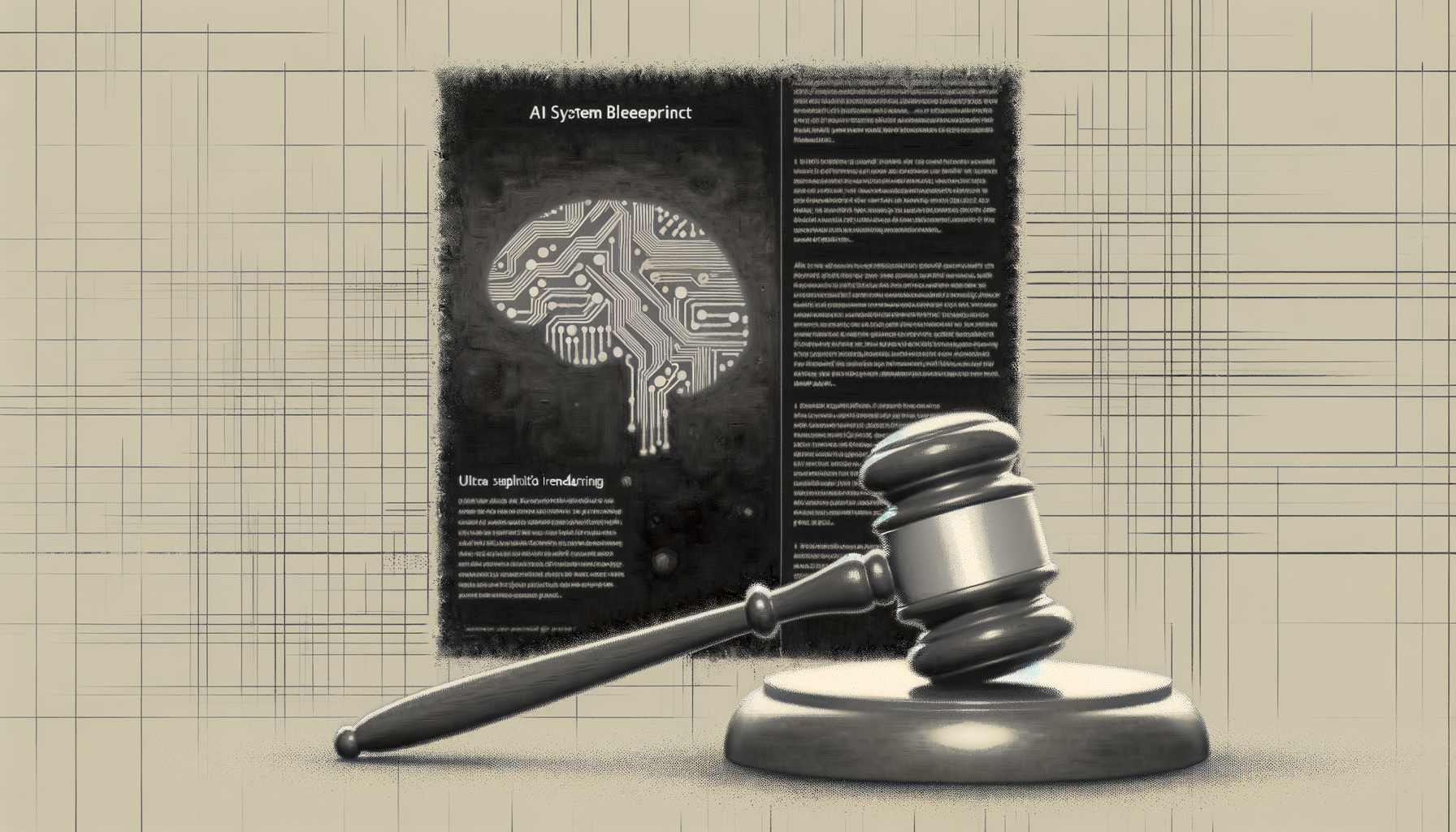What if your most advanced AI systems aren’t making your business smarter — but quietly setting you up for a catastrophic cascade you never saw coming? Discover the dark side of agentic AI before it’s too late.
The Seductive Allure — and Hidden Dangers — of Agentic AI
In boardrooms and engineering huddles alike, agentic AI is the buzzword du jour. Unlike static analytics, these algorithms act: orchestrating workflows, making complex inter-system decisions, and, crucially, communicating with other software agents in your tech stack. The result? Emboldened enterprises, primed for efficiency and automation at scale. Or so it seems.
Beneath the glossy promise lies a lurking structural risk almost no one is talking about: the data dependency death spiral. As agentic AI systems proliferate, their appetite for interlinking with other data sources, APIs, services, and agents grows exponentially — weaving an invisible web of dependencies that can render entire business processes fragile, opaque, and susceptible to catastrophic failure propagation. How did we get here?
Agentic AI: From Autonomous to Interdependent
Today’s agentic AI systems don’t just answer queries — they make decisions, kick off workflows, and even negotiate with other software agents. This autonomy is key to their promise, but it’s also the trigger for creating unforeseen data dependencies at astonishing speed.
- APIs multiply: One agent triggers another, which queries three services, all interacting with databases, SaaS platforms, or external data brokers. Each decision depends on dozens of micro-relationships.
- Emergent complexity: Once-serial processes become tangled webs; a single system update can ripple, spawning silent failure states several hops downstream.
- Cascading failures: If one dependency breaks, agents rarely handle the edge cases gracefully. Instead, unexpected outputs propagate, compounding errors and amplifying their impact.
The result: an infrastructure perfectly poised for undetected feedback loops and crash cascades.
The Anatomy of the Data Dependency Death Spiral
To make this real, let’s walk through a plausible scenario:
(Imagine an agentic AI that auto-generates compliance reports, pulling live HR data from payroll, performance management, and email logs. All integrates beautifully—until a minor API schema change goes undetected. Now, corrupted data trickles through, AI agents misclassify risk, automation bots trigger unnecessary reviews, and false flags overwhelm compliance teams. Nobody can trace the root cause; the error is amplified by each interlinked system. It takes days—and a costly audit—before anyone understands what went wrong. This is not science fiction. It’s happening today.)
This isn’t just a resilience issue. It’s a blind spot in the very heart of enterprise AI transformation. Agentic AI’s thirst for autonomy makes it a reliability time-bomb when the underlying data and system dependencies aren’t engineered for robustness, traceability, and graceful failure.
Why Is This Happening Now?
Several converging trends have supercharged this risk:
- Explosion in agentic deployment: Early pilots have become enterprise-wide automation programs. Hundreds—sometimes thousands—of agents now coordinate everything from IT operations to customer engagement.
- API-first, rapidly evolving stacks: Companies layer SaaS tools, internal APIs, and external data sources at breakneck speed, multiplying integration points and failure surfaces.
- Cultural shift to speed over safety: Business pressures favor rapid AI rollouts. SRE rigor, dependency mapping, and robust testing often lag (or are skipped entirely).
- Lack of observability tooling for agentic flows: Classic monitoring tools weren’t built to detect silent agentic failures, multi-agent loops, or data contamination propagation.
The Amplification Effect: Why the Spiral Gets Worse
With each new agent, not just new capabilities but new dependencies are introduced. Their interactions create exponential—not linear—complexity. The nightmare scenario? System A’s output corrupts System B, which then misguides a whole downstream automation chain. By the time someone notices, the flawed data has been processed, reported, and acted upon at scale. Undoing the damage—if it’s even possible—requires expensive manual forensics.
Failing Quietly: Why the Spiral Stays Hidden
The enterprise software world was built around isolated, testable modules with clear handoffs. Agentic AI breaks this paradigm:
- Agents typically operate with partial system-wide visibility—their logic is local, their impact is global.
- Error handling is often ad hoc, focused on the last-known input/output instead of full chain-of-custody tracking.
- Systems may “fail gracefully” at the UI, but quietly contaminate downstream processes before anyone notices.
Spotting the Warning Signs
There are signals, if you know what to look for. Among the top early warning signs I see with my clients:
- Spurious anomalies: Uptick in strange agentic decisions, unexplained outputs, or inconsistent workflow throughput.
- Incident forensics headaches: Difficulty piecing together the root cause when an agentic process fails, with plausible deniability across teams.
- Reliability paradox: Agent reliability metrics improve—right up until a critical cascade reveals systemic blindness.
Lessons from Other Complex Systems
We’ve seen death spirals before—in financial networks, supply chains, and even aviation software. The pattern is familiar: tightly-coupled distributed actors amplify localized faults into systemic breakdowns. But agentic AI’s explosive adoption velocity, and its self-propagating “integration hunger,” make it a uniquely fast-moving threat. There is no “undo” button if several cycles of automation have already gone wrong.
What Tech Leaders Must Do—Now
Escaping the death spiral requires more than patching code or adding observability dashboards. It demands a new paradigm for AI-first enterprise architecture:
- Revisit dependency mapping: Implement comprehensive, machine-readable maps of which agents touch which data, APIs, and downstream systems. Treat agents as first-class integration risks, not just software components.
- Institutionalize chaos engineering for agents: Proactively simulate partial outages, broken APIs, or data contamination. Treat these as inevitable, not rare, events—and document agentic failure modes.
- Design for graceful degradation: Build fallback paths for agents: can they snapshot, halt, or roll back dependent actions with minimal harm and maximal traceability?
- Prioritize explainability and root-cause tooling: AI-oriented observability must include chain-of-custody tracking, cross-agent state introspection, and lineage mapping. Don’t just monitor endpoints—trace what happens across agent interactions after anomalous events.
- Industrialize postmortems: Treat every agentic failure as a system-wide learning opportunity, not a single-team issue. Build organizational rituals for blameless, distributed incident analysis.
- Set cultural incentives: Reward teams for proactive risk surfacing as much as they’re rewarded for delivering new AI automations. Make it safe to say, “We have unknown dependencies here.”
Governance and the Future: Beyond Basic Guardrails
Most AI governance today is about compliance, explainability, and fairness. All critical, but they miss the looming reality of agentic dependency complexity. Real governance will be about managing invisible, self-amplifying webs of data linkages that no single team can see.
This means evolving from checklist thinking—”Did we audit the data?”—to strategic posture: “Are we resilient to dependency cascades we haven’t discovered yet?”
Conclusion: Don’t Sleepwalk into Fragility
Agentic AI will reshape industries, but without deep, intentional engineering around interdependencies, it will also break things in ways we don’t see coming—until it’s far too late.
Technology leaders: You are not just embracing AI, you are inheriting a vast, invisible lattice of risk. Recognize and re-architect it, or be blindsided by the consequences.
Those who master the dark patterns of agentic data dependencies today will survive—and even thrive—while others spiral toward systemic instability.
The key to AI autonomy in the enterprise? Ruthless clarity about interdependent risks—before the death spiral takes hold.





